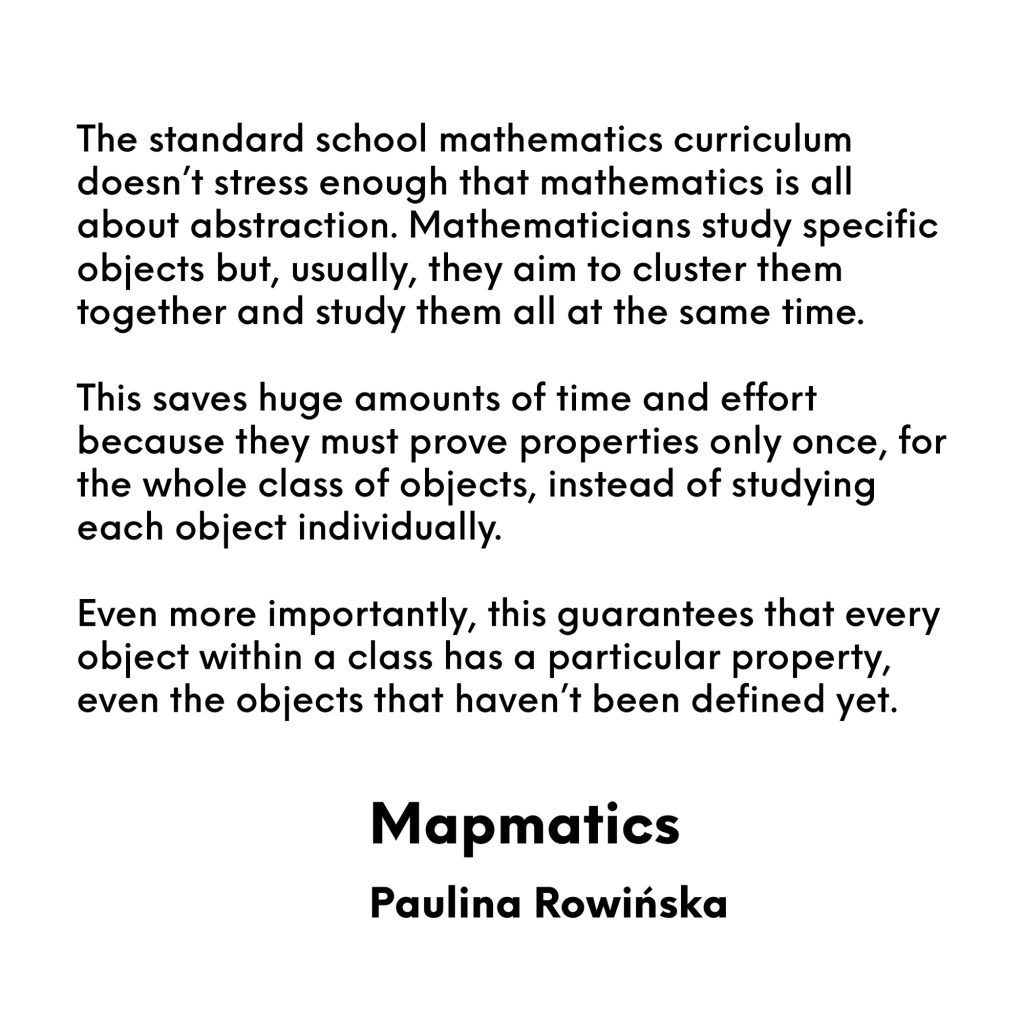
I spoke at #CampDigital about how statistics and other research tools had a number of biases towards the wants and needs of Normal (mostly white men) people.
I am reading Mapmatics by Paulina Rowińska now. It’s a book on the meaning and making of maps. I have had it for a while but Per Axbom’s talk at the same conference finally got me to read it. It’s very good on both the maths and history of maps.
The Cluster Effect
The text quote at the start of this post is from the book and describes a fundamental bias within Mathematics itself. That the desire to abstract leads to a cluster effect. It is that effect that creates a problem for accessibility and research.
If statistics wants to rank people, then it is mathematics wants to push them all into categories.
The Ergodic Switch
This issue does also come up in Todd Rose’s The End of Average which I have in the bibliography for the Post Normal Design talk.
The Ergodic Switch is a trick described by mathematician Peter Molenaar about the ‘sameness’ of properties of people. That knowing a property is shared between members of a group means that they will all act and behave in the same way in the future. That the category abstraction becomes the future of people who are identified and allocated into it.
- The category loses individual agency.
- The abstraction loses personal autonomy.
Accessibility thus is trapped by a system of mathematics and measurement that condemns people because of what category they are seen to be part of.
The tools and processes strip people of their humanity while being described as human-centred. This is a cruel trick as the voices of individual people are ignored because the pure and objective mathematics and statistics are viewed as more truthful and real. Yet both are biased to ignore individuality.